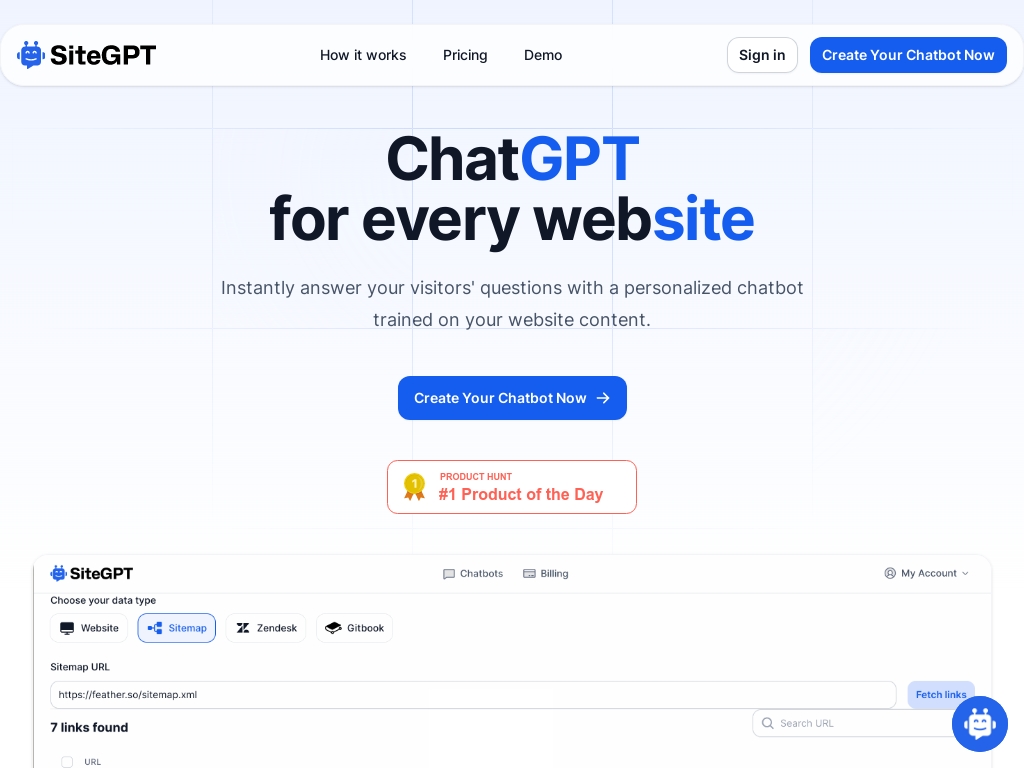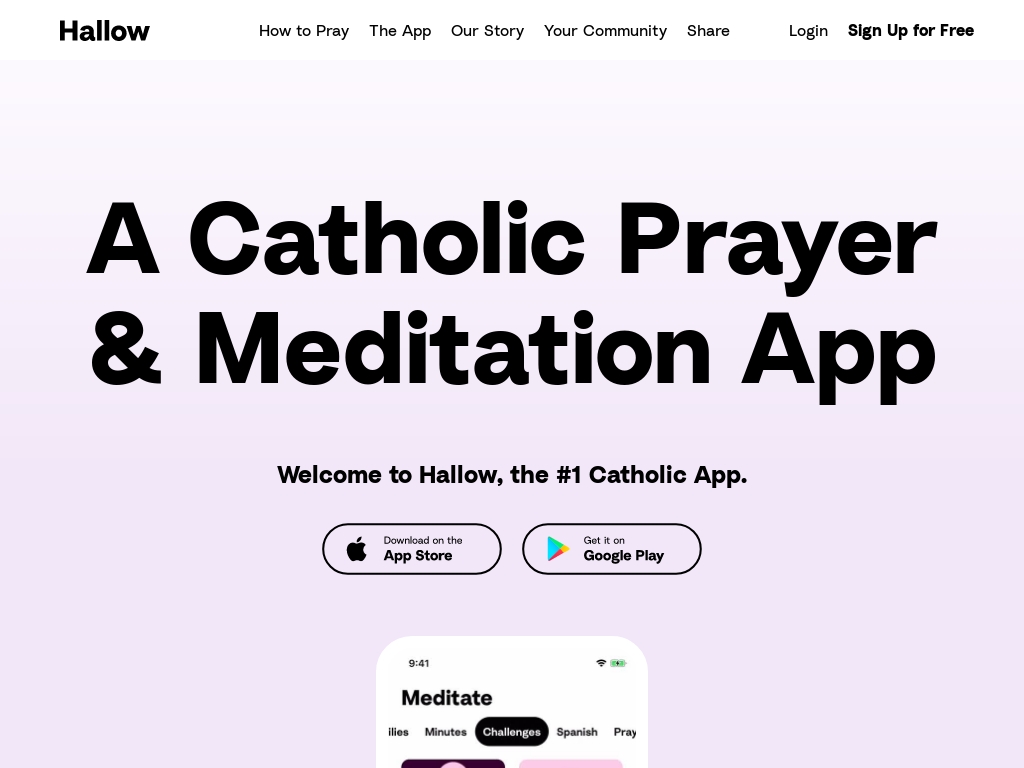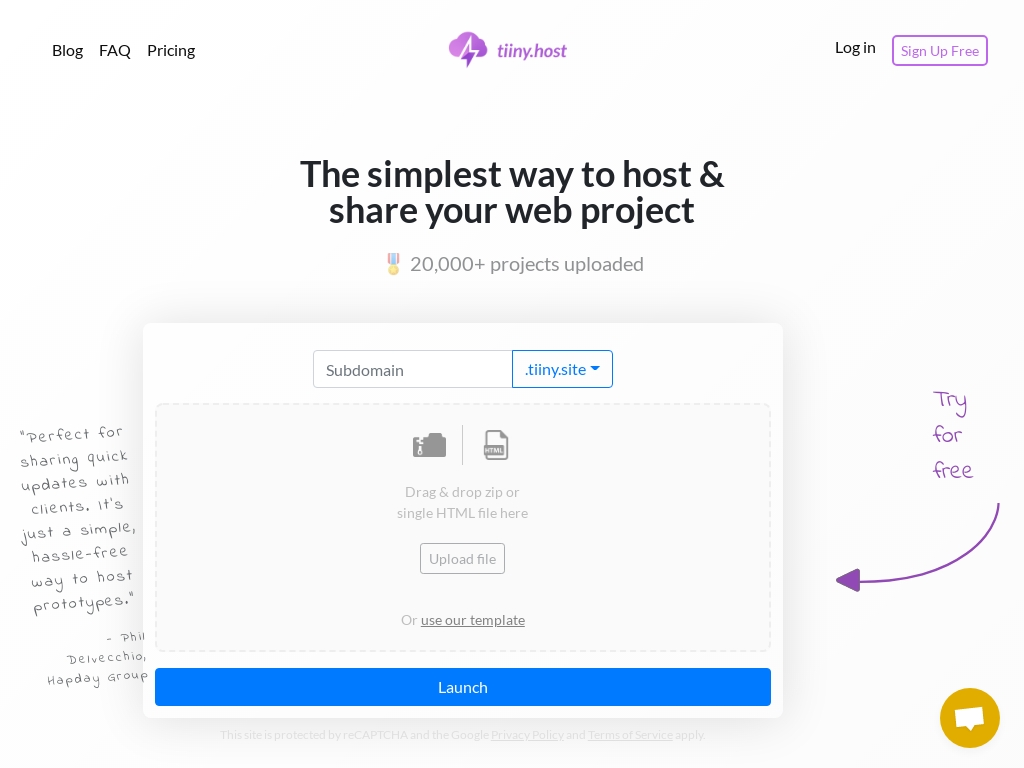
How Jim Raptis Bootstrapped BrandBird to 1.5K Paid Customers
Who is Jim Raptis?
Jim Raptis, the founder of BrandBird, is a solopreneur from Greece with a background in UI/UX design and front-end development, enabling him to quickly build and iterate on micro-SaaS products.
What problem does Brandbird solve?
BrandBird helps non-designers quickly create eye-catching social media graphics, saving them from the frustration of designing visually appealing content on their own.
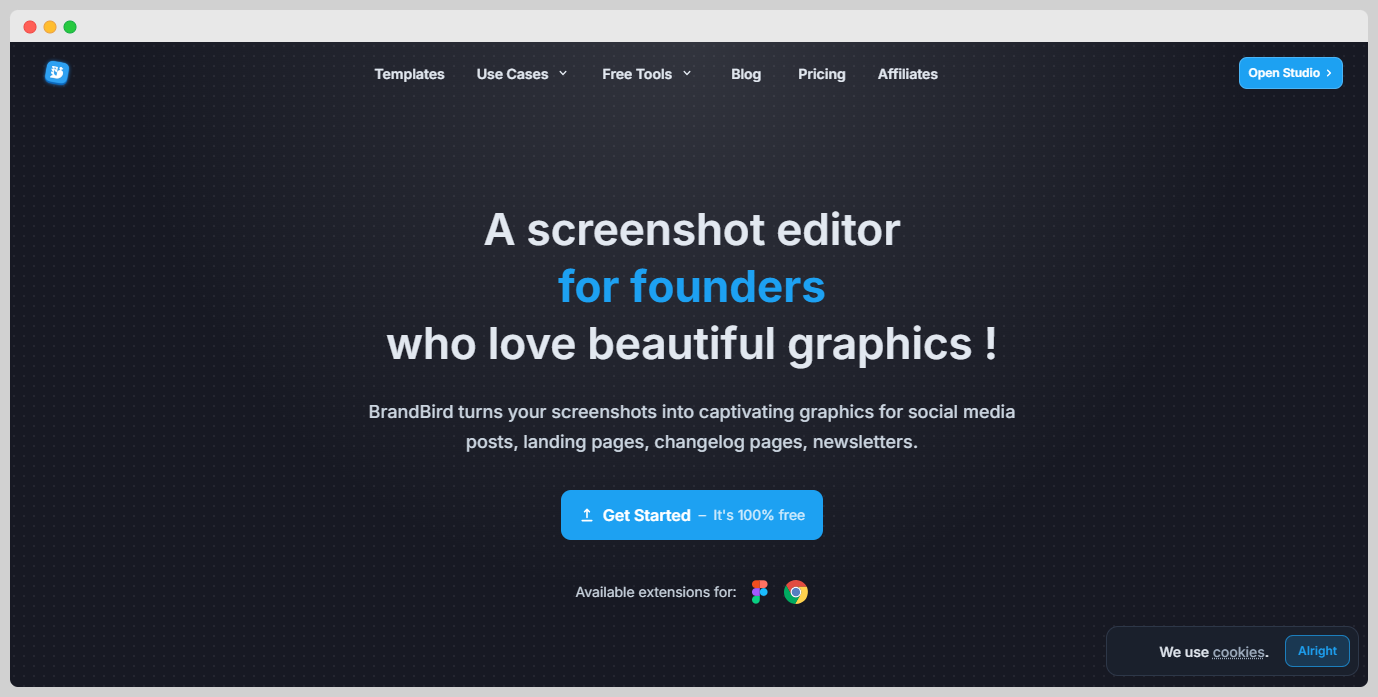
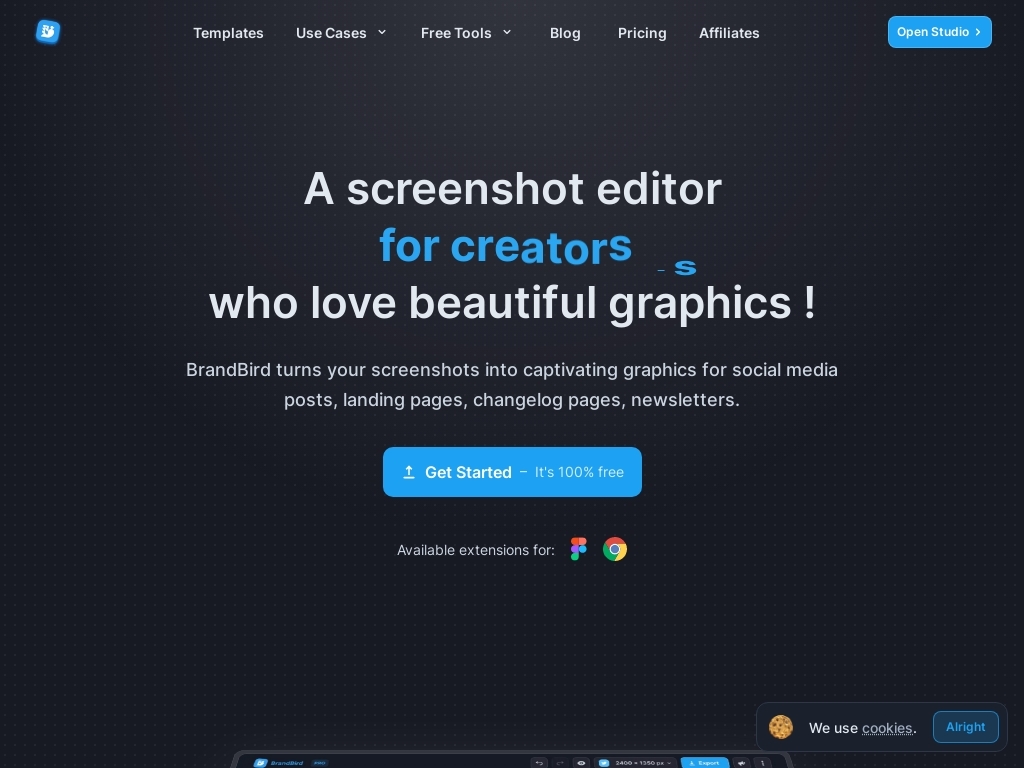
How did Jim come up with the idea for Brandbird?
Jim, the founder of BrandBird, was inspired to create the tool after struggling to design engaging visuals for his own products and social media content, despite being a professional designer. He realized that if he found the process tedious, it must be even more frustrating for non-designers. This insight led him to identify a need for an easy-to-use tool that would allow anyone to create beautiful graphics effortlessly.
He started by validating the pain points he experienced and considered how a simpler solution could be implemented. After developing a quick MVP, Jim gathered feedback from early users to refine his concept. This experience highlighted the importance of listening to user input, which often inspired new features and improvements.
One challenge Jim encountered was balancing the freedom to experiment with the need for a focused user experience, a task complicated by avoiding external pressures from venture capital. Through this process, he learned the value of maintaining close communication with customers and staying true to his vision of providing a seamless user experience.
How did Jim Raptis build the initial version of Brandbird?
Jim Raptis, the founder of BrandBird, leveraged his background in UI/UX design and front-end development to rapidly develop the tool. He built the initial MVP of BrandBird within a few days, focusing on essential functionalities that addressed his graphic design challenges, and then iterated quickly based on user feedback. Jim's approach was heavily reliant on a fast iteration cycle, made possible by his ability to both design and code, which he considers a superpower for developing micro-SaaS products. Developing BrandBird posed technical challenges, particularly when implementing features like importing screenshots from URLs, which required customized API solutions after discovering that existing APIs didn't meet his needs. The process was intense yet rewarding, allowing for creative experimentation and maintaining a strong focus on user experience without the distraction of external venture capital pressures.
How did Jim launch Brandbird and get initial traction?
Product Hunt Launch
Jim Raptis, the founder of BrandBird, utilized Product Hunt to introduce the tool to a wider audience. By launching on this platform, BrandBird gained significant visibility among tech enthusiasts and early adopters, helping it quickly gain traction.
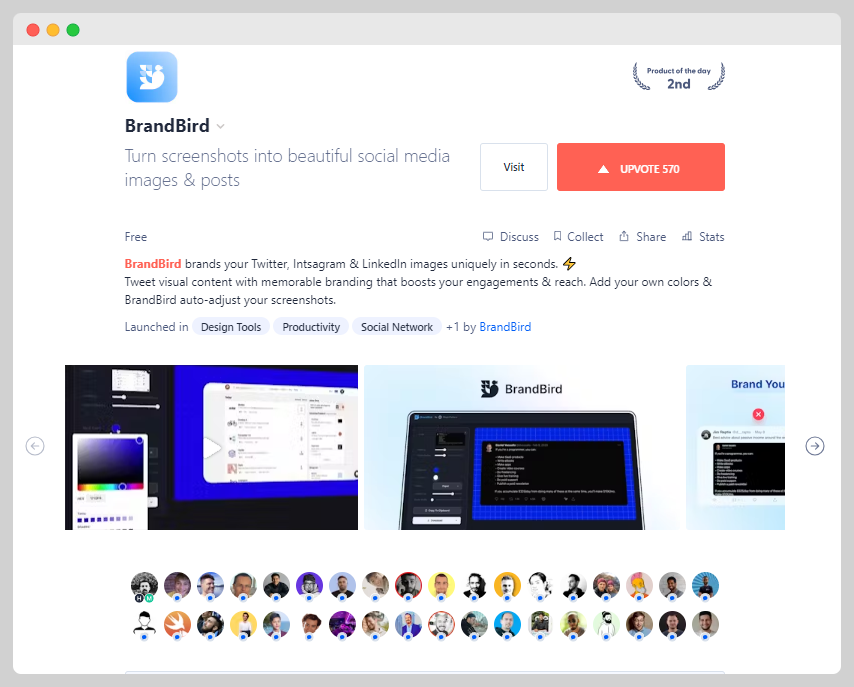
Why it worked: Product Hunt is known for its community of innovators excited to discover new tools. Jim managed to get BrandBird upvoted as the #2 Product of the Day, leading to an influx of interest and establishing an initial user base.
Viral Loop from User-Generated Content
BrandBird encouraged users to create stunning visuals, which they would then share on social media channels like Twitter. This sharing naturally led to questions about how the visuals were made, prompting users to recommend BrandBird as the tool of choice.
Why it worked: The tool itself generated conversation and interest whenever users posted their graphics. This indirect marketing through user testimonials provided genuine endorsements, encouraging others to try BrandBird for themselves.
Word of Mouth and Community Engagement
Jim devoted efforts to nurturing community engagement. As users experienced the tool's benefits, they organically began spreading the word within their networks, contributing to BrandBird's growth.
Why it worked: Building a strong relationship with users fostered a sense of community. This community, appreciating the value BrandBird provided, naturally became advocates for the product, suggesting it to peers and colleagues who could benefit.
Metrics
- By the beginning of 2022, BrandBird had surpassed 100 active customers.
- Word-of-mouth and community-based strategies were primarily responsible for this growth, alongside the Product Hunt launch.
What was the growth strategy for Brandbird and how did they scale?
Viral Word-of-Mouth
BrandBird's most significant growth came from leveraging viral word-of-mouth marketing. Users naturally shared the visually appealing graphics they created with BrandBird on their social media platforms. This led others to ask about the tool, prompting existing users to share their experiences and recommend BrandBird. This organic sharing cycle created a well-defined viral loop that significantly increased BrandBird's user base.
Why it worked: The inherent nature of the product encouraged users to showcase their creations, effectively turning them into brand ambassadors. This self-propagating cycle was crucial for expanding BrandBird’s reach without direct advertising costs.
Product Hunt
BrandBird achieved prominence through a successful launch on Product Hunt, where it became the #2 Product of the Day. This platform introduced BrandBird to a large community of makers and early adopters, generating considerable initial interest and customer engagement.
Why it worked: Product Hunt is a hub for tech enthusiasts looking for innovative solutions. By launching on this platform, BrandBird tapped into a targeted audience that appreciates novel, useful tools, resulting in increased visibility and credibility in its early stages.
Listening to Customers
Jim Raptis, the founder, emphasized maintaining open communication channels with his users. He actively incorporated user feedback to enhance BrandBird’s features, such as the introduction of a URL screenshot import feature requested by multiple users. This approach not only improved the product but also cultivated a loyal user base who felt heard.
Why it worked: This strategy ensured that BrandBird was continuously evolving to meet user needs, thereby improving customer satisfaction and retention. Engaged and satisfied customers often become repeat users and are more likely to recommend the product to others.
Building in Public
Jim Raptis shared the development process and milestones publicly, particularly on Twitter. This transparent approach not only built anticipation and trust among potential users but also attracted people interested in the development journey of SaaS products.
Why it worked: Building in public can be an effective way to engage and grow a community. By openly discussing the challenges and successes faced during the creation of BrandBird, Jim not only marketed the product but also established a personal connection with the audience, fostering a deeper community engagement and brand loyalty.
What's the pricing strategy for Brandbird?
BrandBird offers a free trial with no credit card required, then charges users $7/month or $69/year to turn screenshots into engaging social media posts, focusing on affordability and accessibility for entrepreneurs.
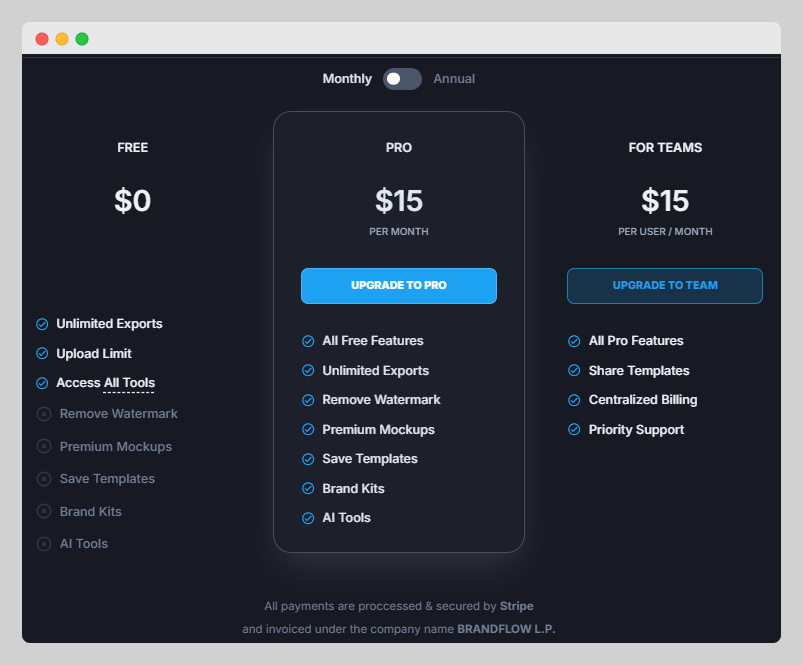
What were the biggest lessons learned from building Brandbird?
- User-Centric Development: BrandBird's success stemmed from prioritizing user experience and maintaining open communication channels with customers. This allowed Jim to gather insights and build features that directly addressed user needs, turning customers into brand advocates who actively supported marketing efforts.
- Embrace Feedback and Iterate: Listening to customer feedback was pivotal in the evolution of BrandBird, as it guided product iterations and fueled development of in-demand features like the screenshot-from-URL tool. This approach ensured that the product stayed relevant and valued by users.
- Marketing is Key: Initially, Jim underestimated the importance of marketing. However, focusing on strategies like building in public, leveraging social media, and investing in SEO and email marketing transformed user acquisition, demonstrating that a strong product needs robust marketing to succeed.
- Rapid MVP Development: Jim’s process of quickly creating Minimum Viable Products allowed him to test ideas fast and refine them based on real user feedback. This agile development approach helped him keep the product aligned with market needs and facilitated swift feature rollouts.
- Bootstrap Independence: Choosing to bootstrap BrandBird meant freedom from external investor pressures, allowing the product to prioritize user experience over other business metrics. This independence also enabled bold experimentation, contributing to the unique value proposition of the tool.
Discover Similar Business Ideas Like Brandbird
|
|
Idea
|
Revenue
|
|---|---|---|
|
PDFShift
|
HTML-to-PDF conversion API service.
|
$8.5K
monthly
|
|
SiteGPT
|
AI chatbot trained on your website content.
|
$15K
monthly
|
|
Hallow
|
"Catholic prayer and meditation app fostering faith growth."
|
$278K
monthly
|
|
tiiny.host
|
Static website hosting made simple for everyone.
|
$15K
monthly
|
|
Studio Wombat
|
WooCommerce plugin developer for enhanced e-commerce features.
|
$15K
monthly
|
|
Treendly
|
Trend-spotting platform for untapped market insights.
|
$1K
monthly
|
|
ScreenshotOne
|
API for capturing website screenshots easily.
|
$2.2K
monthly
|
More about Brandbird:
Who is the owner of Brandbird?
Jim Raptis is the founder of Brandbird.
When did Jim Raptis start Brandbird?
2021
What is Jim Raptis's net worth?
Jim Raptis's business makes an average of $/month.
How much money has Jim Raptis made from Brandbird?
Jim Raptis started the business in 2021, and currently makes an average of .

Download the report and join our email newsletter packed with business ideas and money-making opportunities, backed by real-life case studies.

Download the report and join our email newsletter packed with business ideas and money-making opportunities, backed by real-life case studies.

Download the report and join our email newsletter packed with business ideas and money-making opportunities, backed by real-life case studies.

Download the report and join our email newsletter packed with business ideas and money-making opportunities, backed by real-life case studies.

Download the report and join our email newsletter packed with business ideas and money-making opportunities, backed by real-life case studies.

Download the report and join our email newsletter packed with business ideas and money-making opportunities, backed by real-life case studies.

Download the report and join our email newsletter packed with business ideas and money-making opportunities, backed by real-life case studies.

Download the report and join our email newsletter packed with business ideas and money-making opportunities, backed by real-life case studies.

